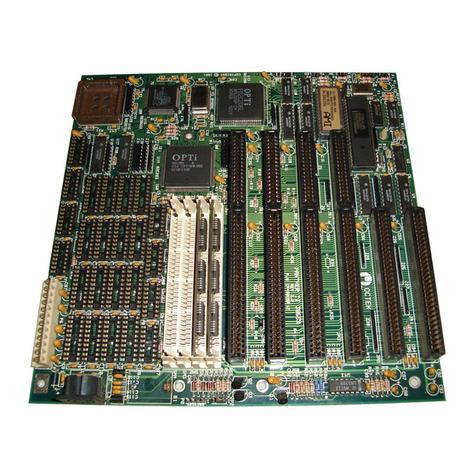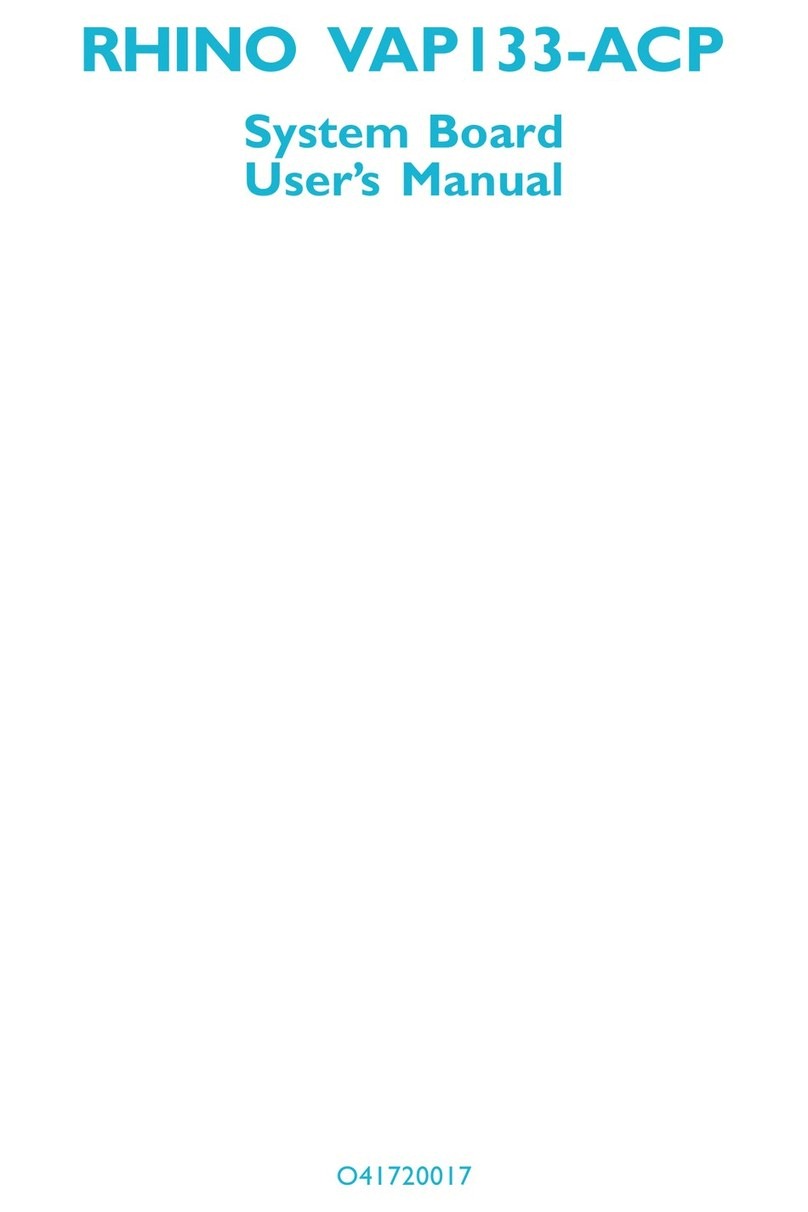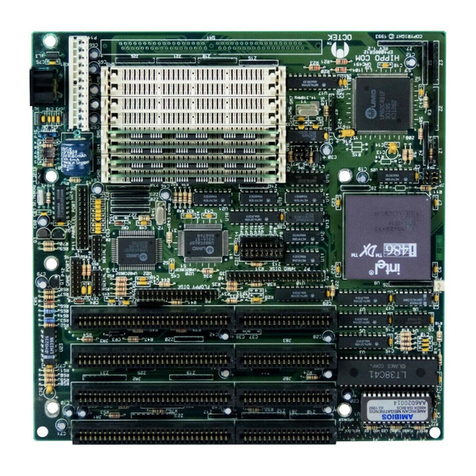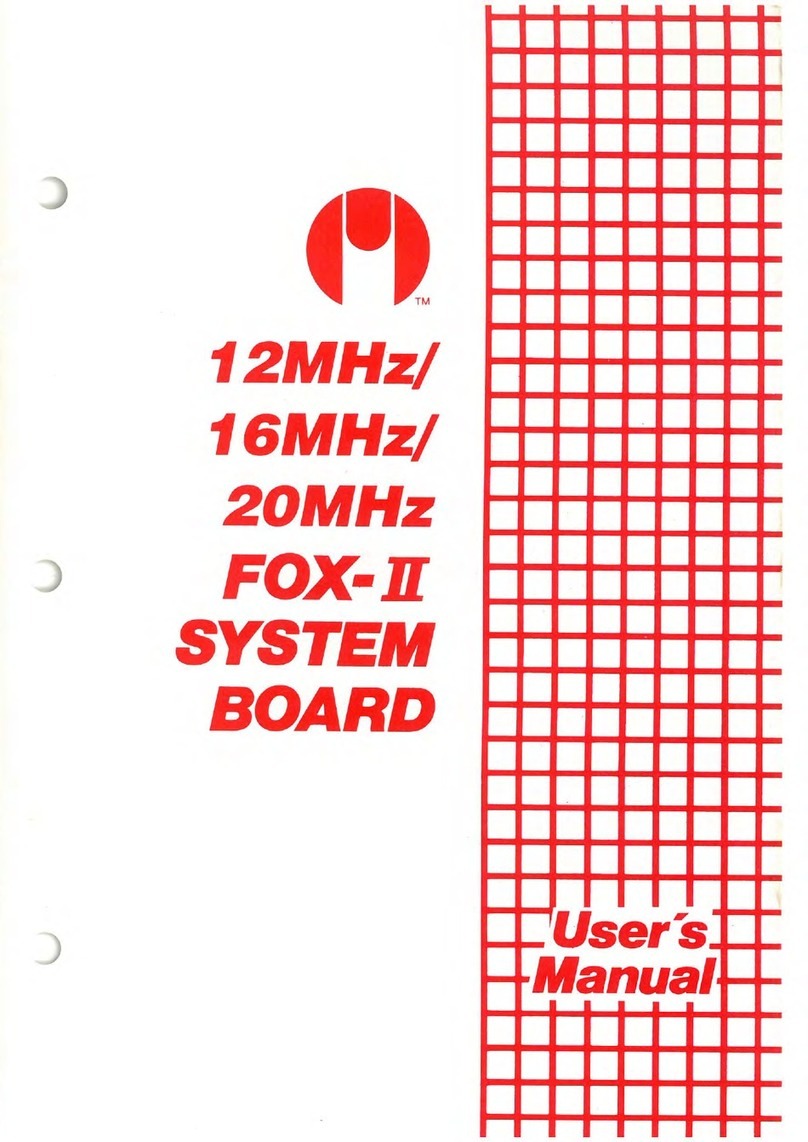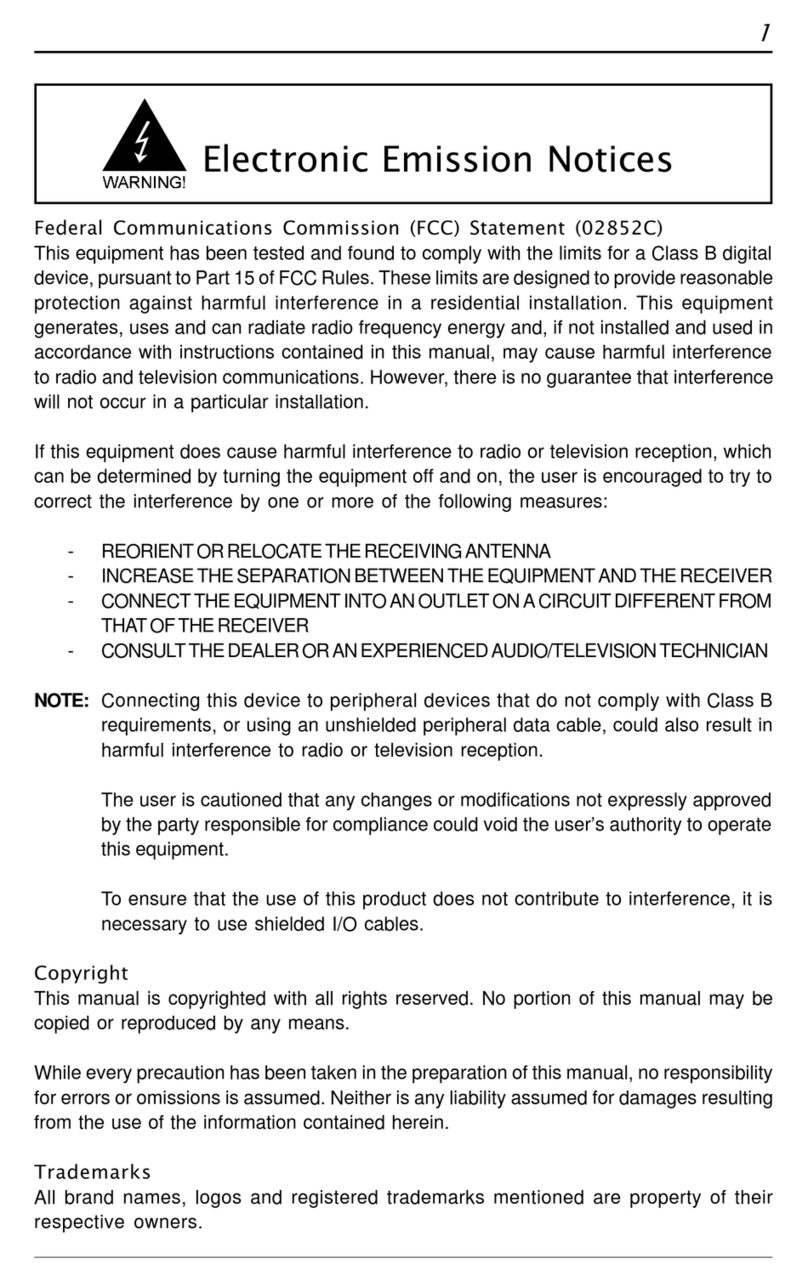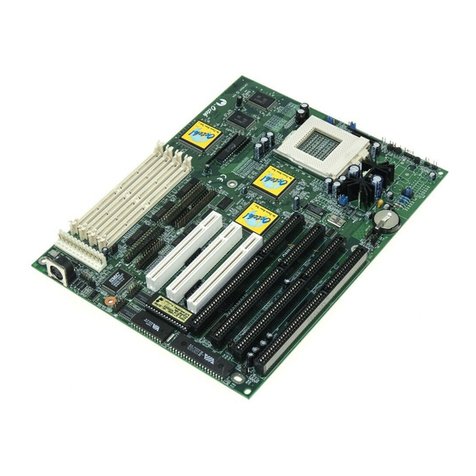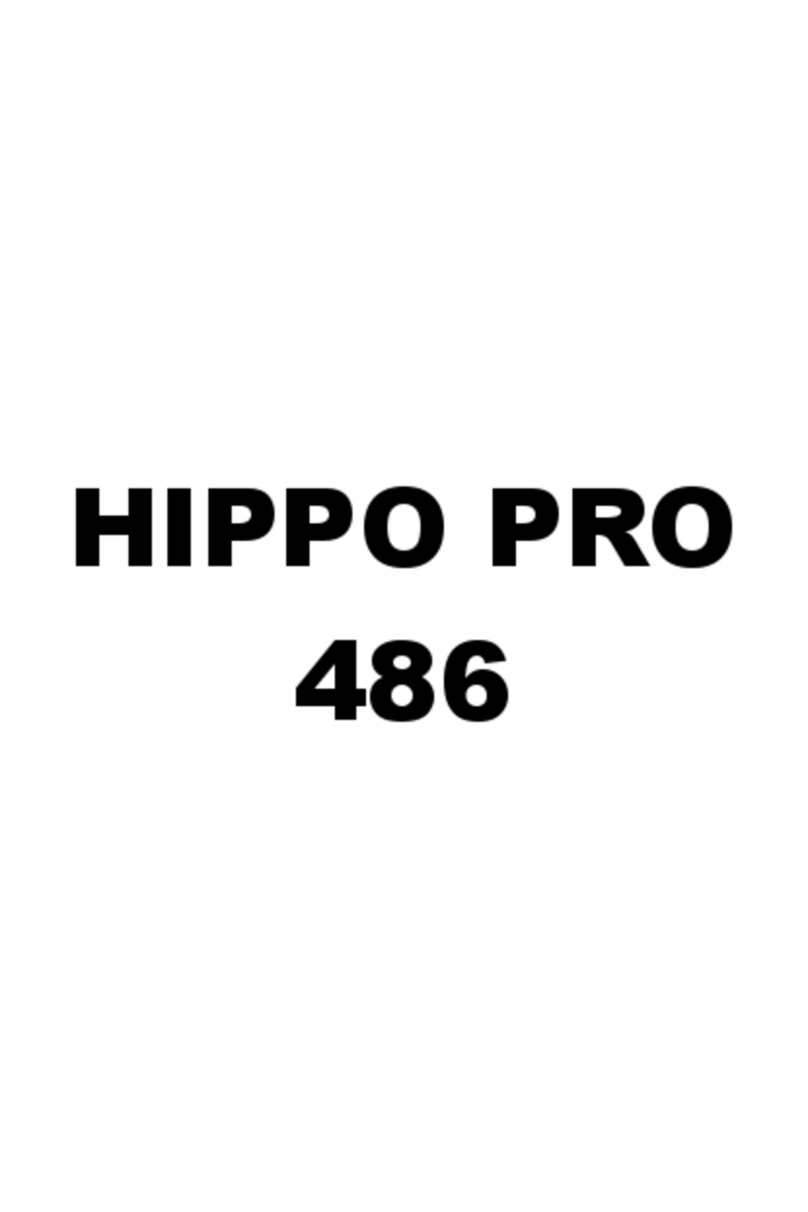Copyright Notice
Copyright 1994 Ocean Information Systems,Inc.
All rights reserved.
Ocean Information Systems,Inc.
688 Arrow Grand Circle
Covina,CA 91722
Printed in theHong Kong
All of the information contained in this manualis copyrighted and all rights reserved. No part of this
document, in whole or in part, may be reproduced or copied in any form without prior consent in writing
from Ocean Information Systems,Inc.
_____________________________________________________________________________________
Limited Warranty
Buyer agrees that if this product hasany defects,Ocean Information Systems, Inc. (OISI) is only obligated
to replace or refund the purchaseprice for a period of one yearfrom date of purchase. OISI is not liable for
any loss, direct or indirect, that may be incurred as a result of any defects. The warranty does not cover any
loss or damage caused by shipping, improper installation or maintenance, or any repairs made by anyone
other than an authorized Ocean service center.
_____________________________________________________________________________________
Limitations of Liability
While the information in this manual has been carefully reviewed and is believed to be accurate, OISI
assumesno responsibility in the event that any inaccuraciesare found. In no event shallOISI be held liable
for any loss or expenses whether directly or indirectly caused by the support materials provided with this
product. It is further acknowledged that OISI is under no obligation to update the manualor to notify
purchasersof any forthcomingupdates.
_____________________________________________________________________________________
Trademarks
AMD is a registered trademark of Advanced Micro Devices
AMI is a trademark of American Megatrend,Inc.
Fasmath is a registered trademark of Cyrix Corporation
Intel i386, i486, i486SX, i486DX, i486DX2 and Intelare registered trademarksof IntelCorporation.
MS-DOS, Xenix, Windows and Microsoft are registered trademarks of Microsoft Corporation.
MR BIOS is a trademark of Microid Research, Inc.
Novell is a registered trademark of Novell, Inc.
Octek is a registered trademark of Ocean Information Systems,Inc.
OPTi is a registered trademark of OPTi Inc.
Unix is a registered trademark of American Telephone and Telegraph Company Bell Laboratories.
VESA and VL-Bus are registered trademarks of Video Electronic Standard Association.
XT, AT, PS/2, OS/2, & IBM are registered trademarksof InternationalBusiness MachinesCorporation.
All other brand and product namesmentioned in this manualare trademarks orcopyrights of their
respective holders.
